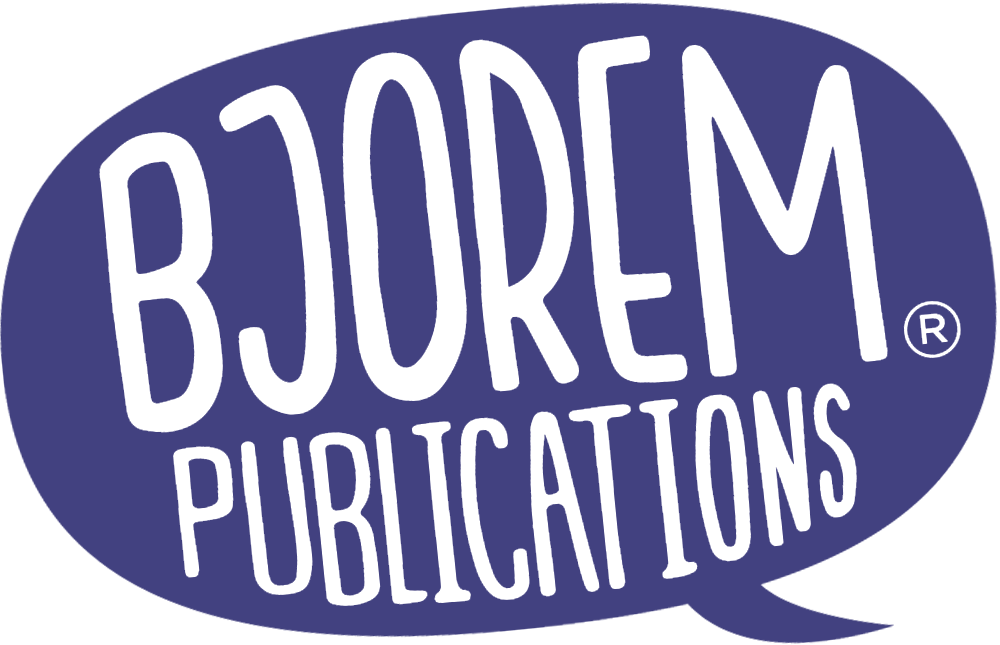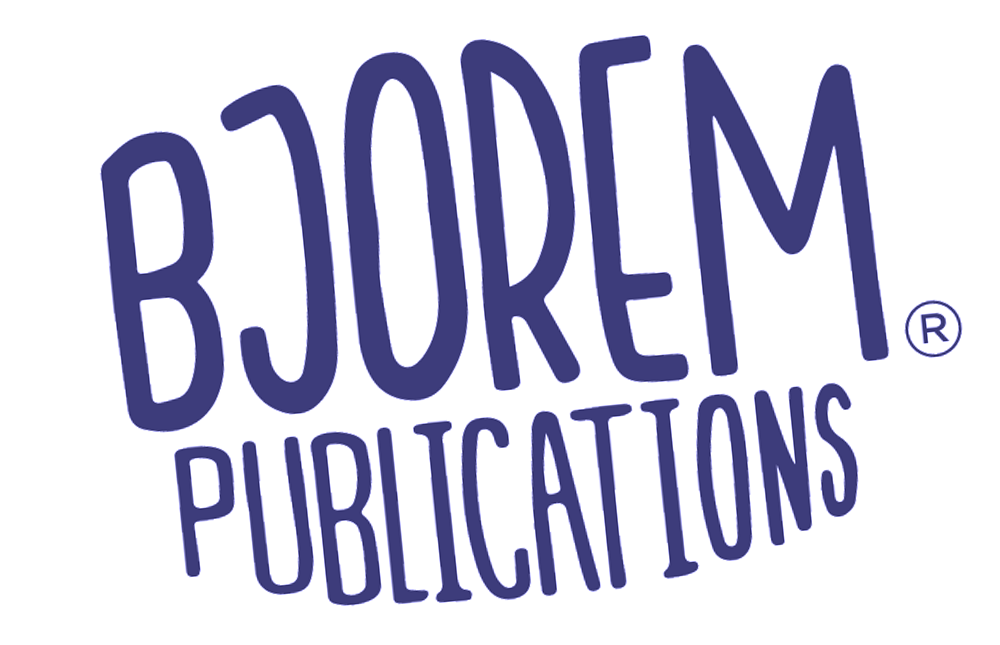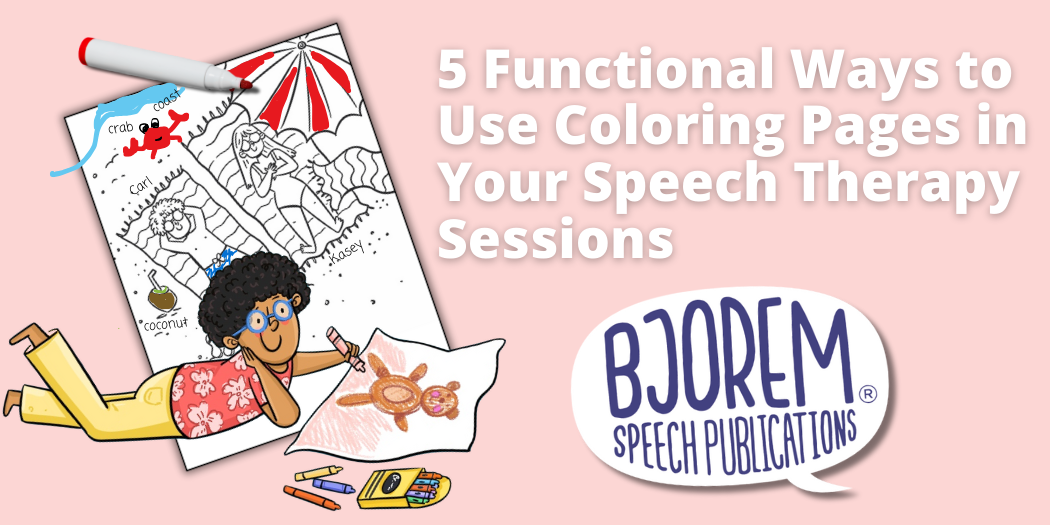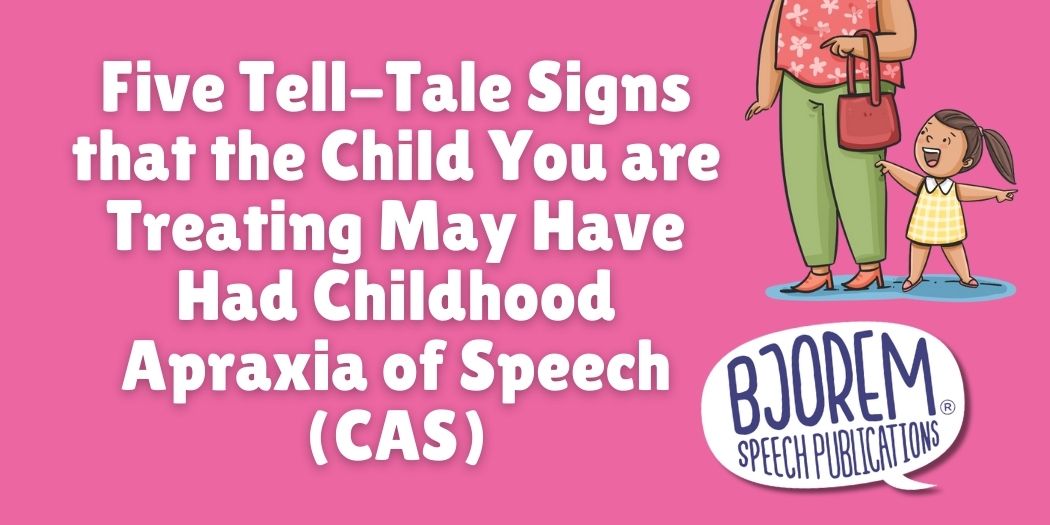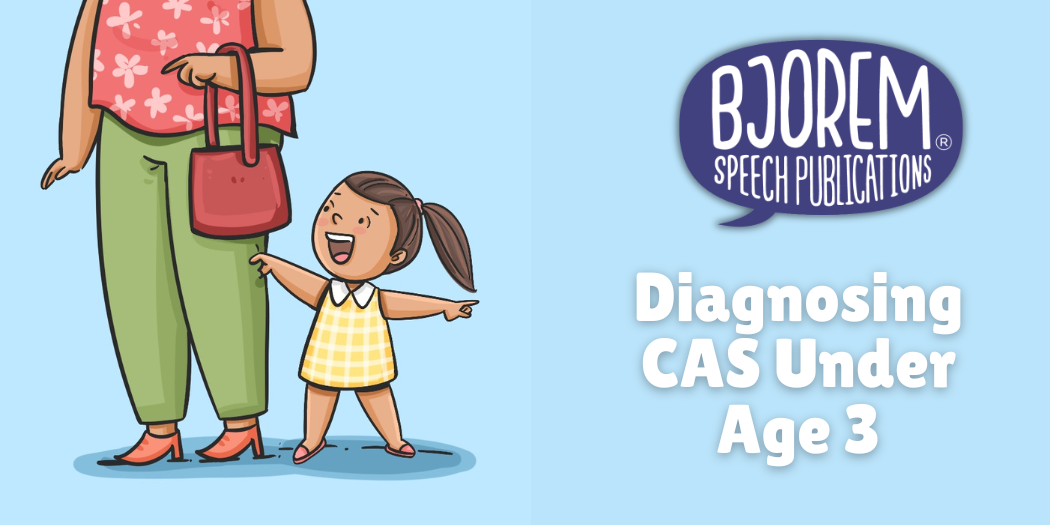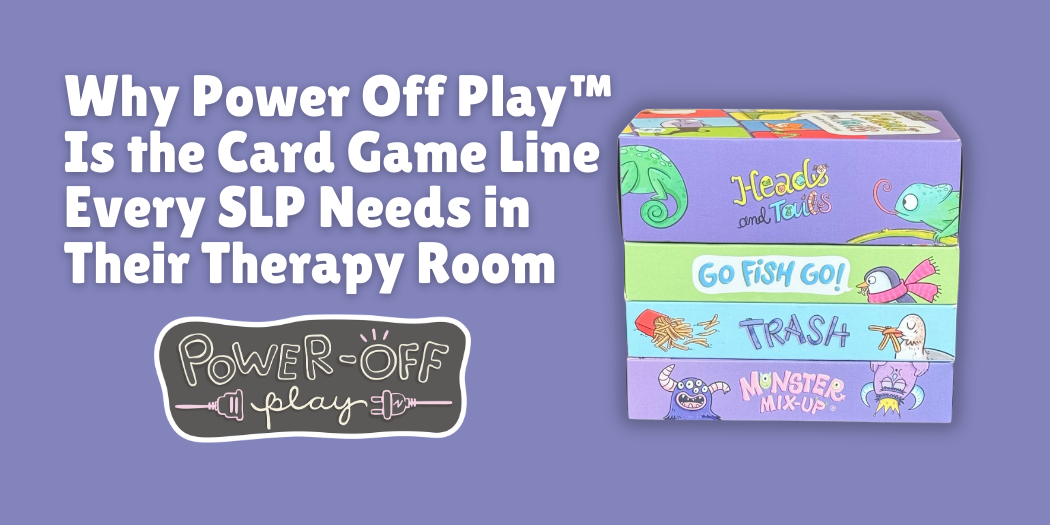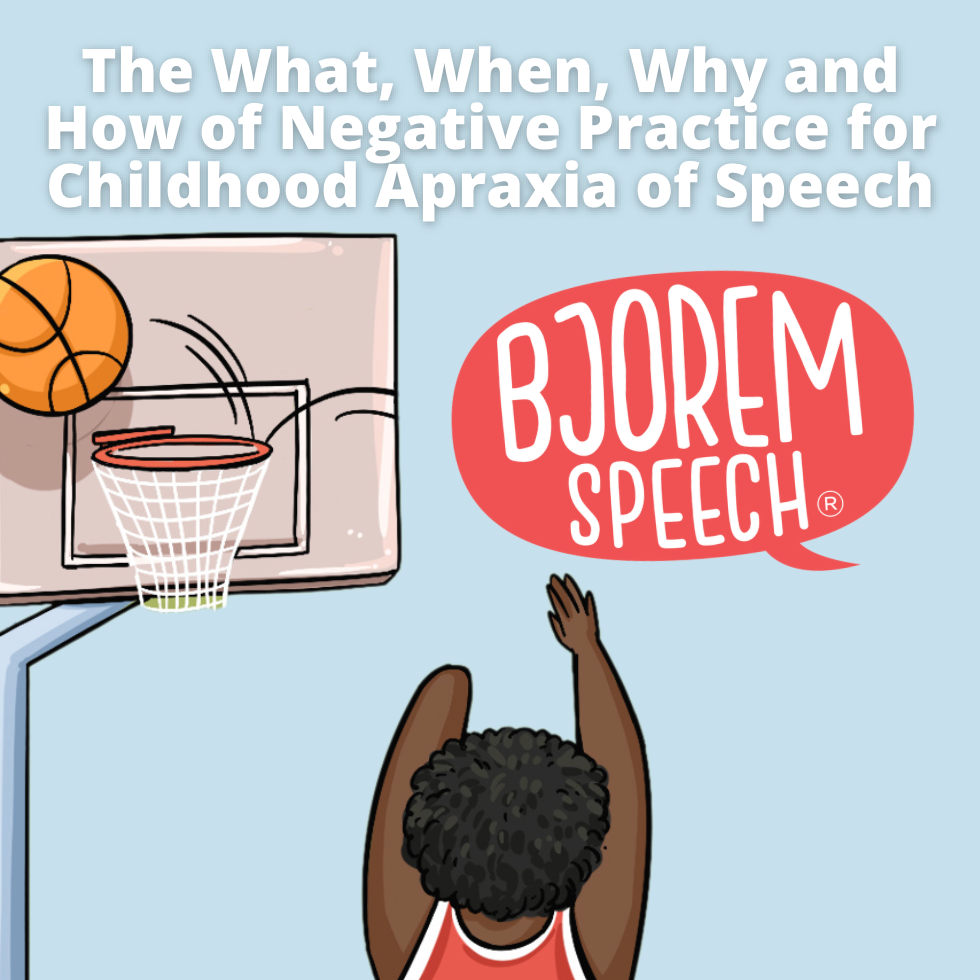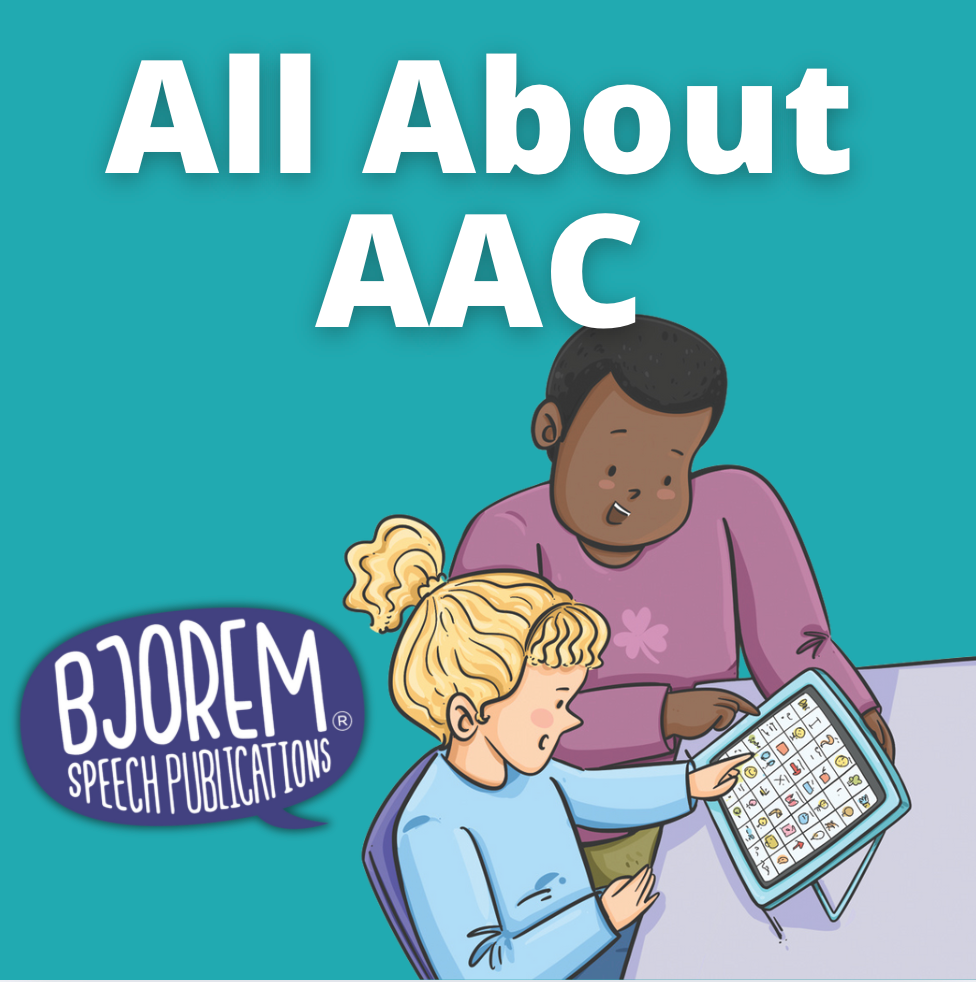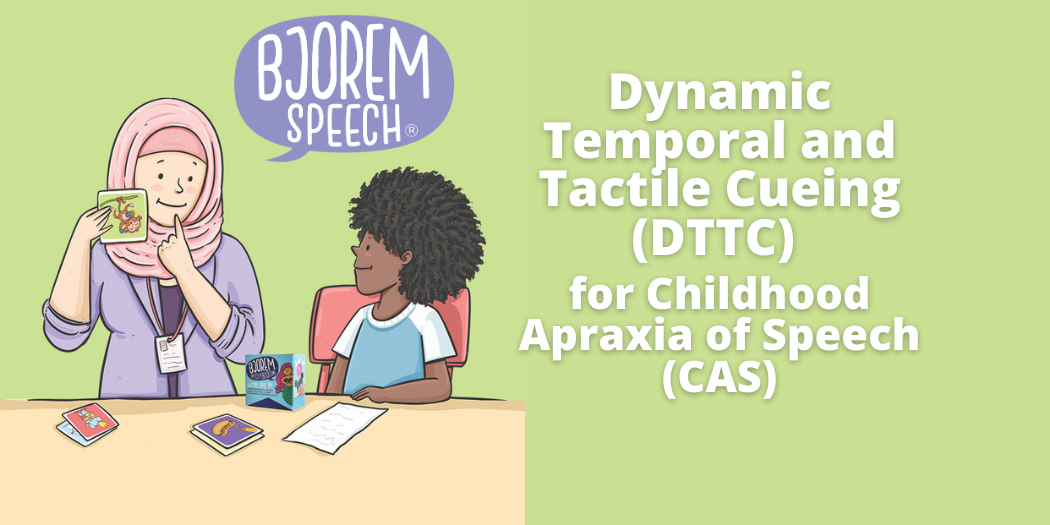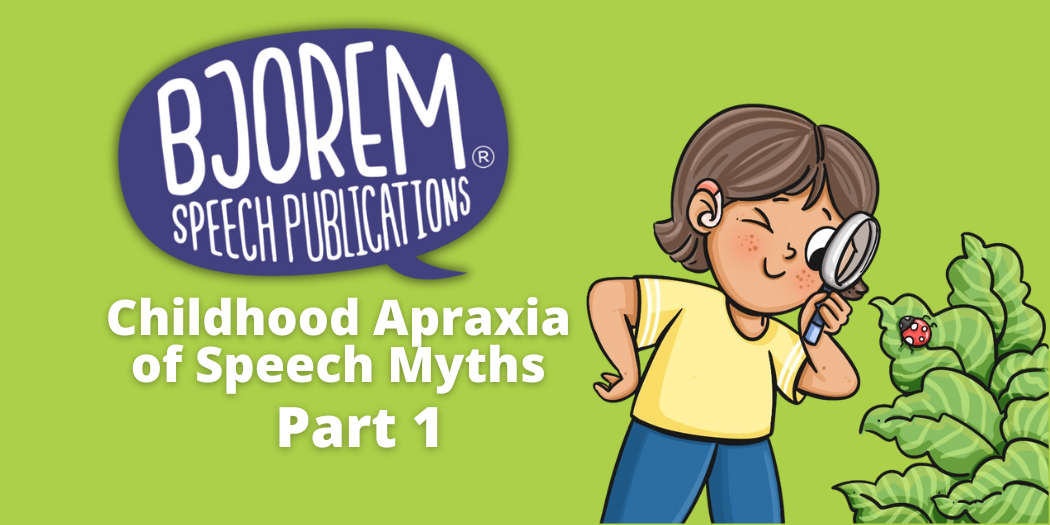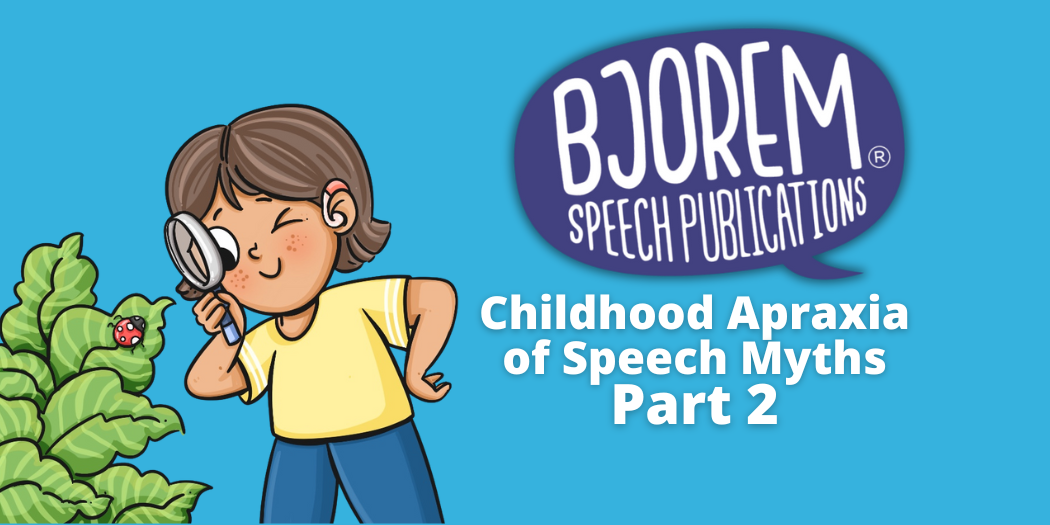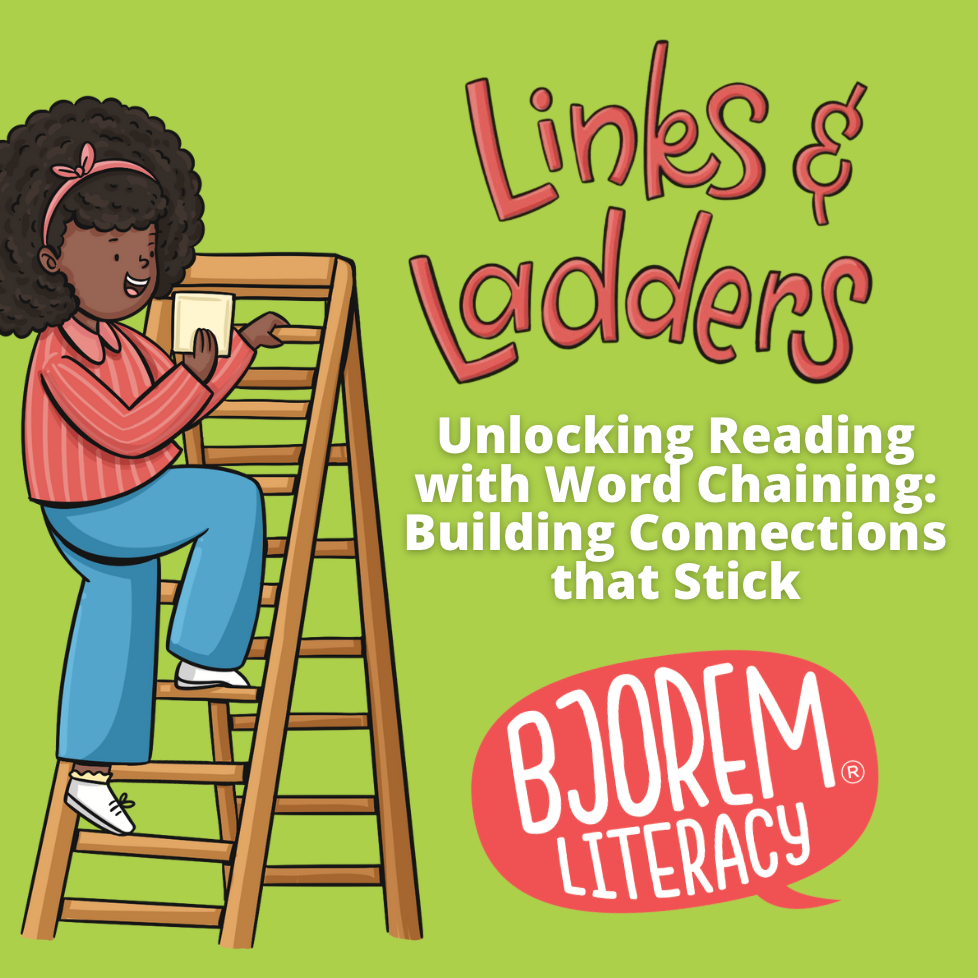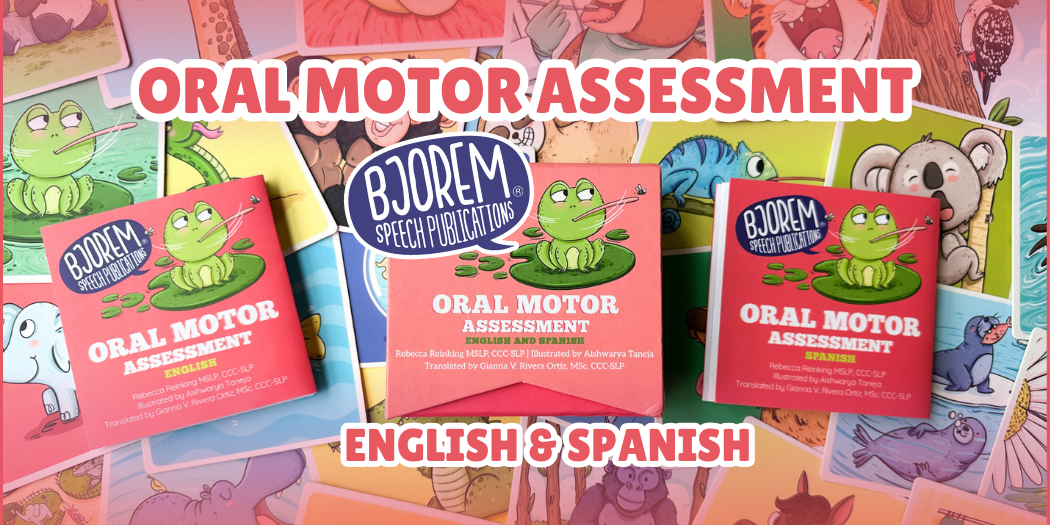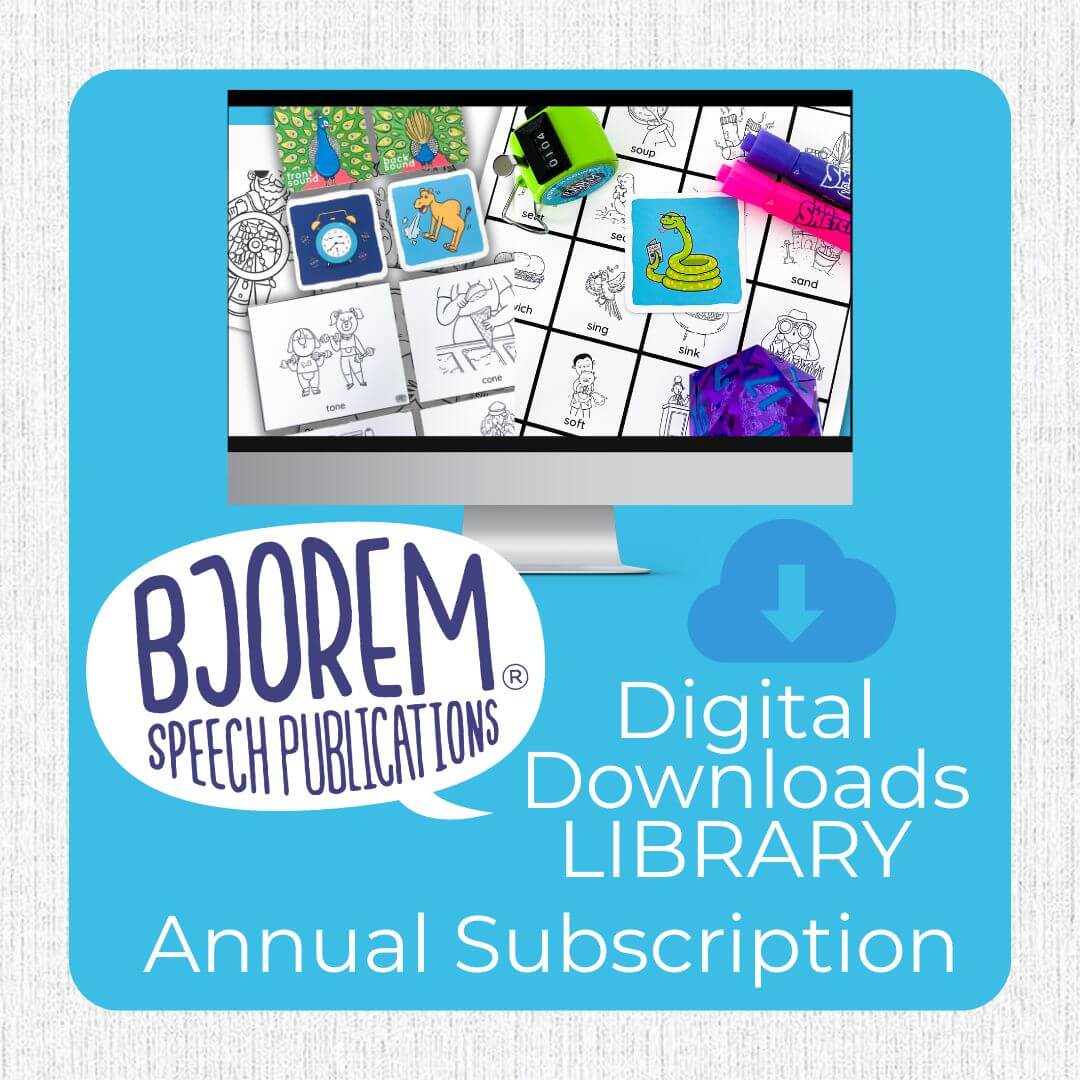
While using coloring pages in speech therapy may seem simple and trivial, they actually (when utilized strategically and intentionally) hold tremendous potential for fostering and practicing a variety of speech and language skills. They help put the “fun” in functional and are also super easy to use and highly motivating. Coloring pages can be versatile tools in your speech therapy arsenal. Check out these five easy ways to integrate coloring pages into your speech therapy sessions:
1.Target Functional and Thematic Vocabulary
One effective way to utilize coloring pages in speech therapy is to use them to support and extend your language therapy activities. Thematic coloring pages, for example, might help contextualize new vocabulary, supporting efficient vocabulary learning. You might consider choosing a coloring page that features various objects, animals, and/or actions. You can work on receptive vocabulary (point to…) or work on labeling objects and actions. You might even choose to introduce new vocabulary and concepts by using a coloring page. Tasks can be as simple as identifying and labeling vocabulary and concepts in the coloring page, or you might increase complexity by describing the objects/actions or comparing and contrasting various objects in the picture. The options are endless!
2. Target Sequencing and Storytelling
Coloring pages can also serve as catalysts for storytelling and sequencing exercises. Select coloring pages that have rich context, perhaps a setting, actions, emotions, etc. Engage the child in a conversation about what they see in the picture and then scaffold as needed to narrate a story based on the scene. Add some color and doodles to the coloring page and include those details in the story! Make the story as simple or as complex as you want.

Check out the Story Cue Deck here!
3. Target Speech Sounds in Context
Choose coloring pages that include scenes and objects/actions that contain a child’s target sounds. You can also add your own “sound loaded” illustrations to the scene depicted on the coloring page. Practice saying the target words as your color the page. Or use the coloring page as a reinforcer. For example, have the child produce the target 10 times then color the corresponding picture or draw the corresponding illustration. If you have children who are working on different goals or speech sound targets in a group, you can make it a game to see who can find or draw the most things that have their target sound. Make it as fun and engaging as you can!

4. Target Spatial Concepts (Prepositions)
Coloring pages offer valuable opportunities for both receptive and expressive practice of spatial concepts and vocabulary . Select coloring sheets with spatial concepts already depicted (e.g., a frog on a log, a fish in a tank) or select sheets with a scene or multiple objects so that drawings can be made relative to the illustrations (e.g., draw a cat on the house, put a star in the sky, draw a circle next to the dog). You might consider increasing task complexity by increasing the number of instructions given or adding additional details, such as color.
5. Support Generalization/Carryover and Home Practice
Coloring pages, as evidenced above, can be used during speech therapy sessions, but they can also be sent home subsequently to continue to practice at home. You can invite the child to put the coloring page on the fridge or in another place they will see it frequently to practice. You might also consider writing a note to parents or caregivers on the coloring sheet or writing targets on the coloring page to practice at home. Extending practice outside the speech room and allowing for more practice opportunities will help better facilitate generalization and carryover.
Whether it's expanding vocabulary, creating stories, practicing speech sounds, working on spatial concepts, or giving opportunities for home practice, coloring pages offer endless possibilities for promoting speech and language development in children. So, grab your favorite coloring utensil and let the colorful journey begin!
 For endless downloadable materials targeting various speech, language, and literacy goals, check our our Digital Downloads Library!
For endless downloadable materials targeting various speech, language, and literacy goals, check our our Digital Downloads Library!
